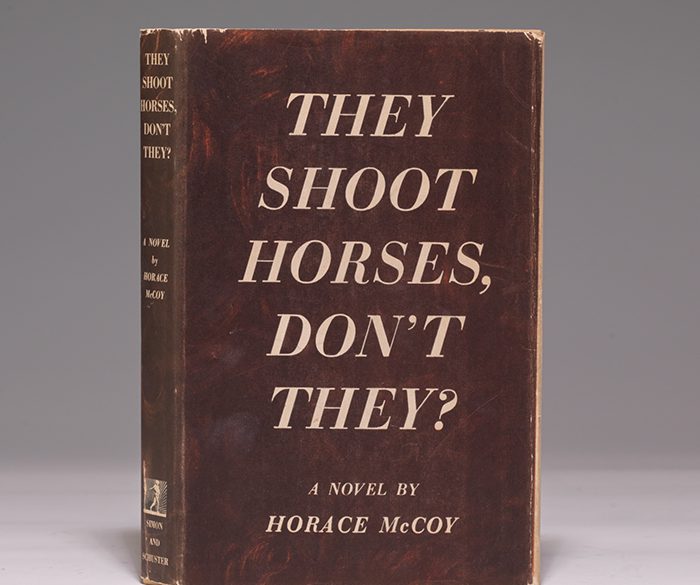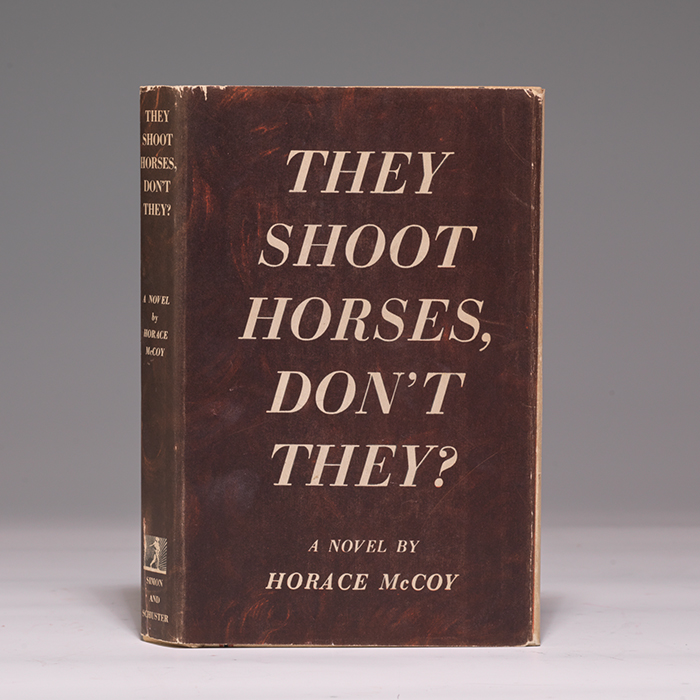
To be clear, Horace McCoy’s They Shoot Horses, Don’t They? isn’t weird. It does, however, concern a period in American history in which something extremely weird captured the public imagination: dance marathons.
The late 1920s and 1930s were obviously a difficult time in America. The Great Depression wiped out wealth across the country (and across the world). Peak unemployment in America reached over 20%. The desperation that followed led people toward scams, get-rich-quick schemes, and snake oil salesmen. The country was primed for the dance marathon.
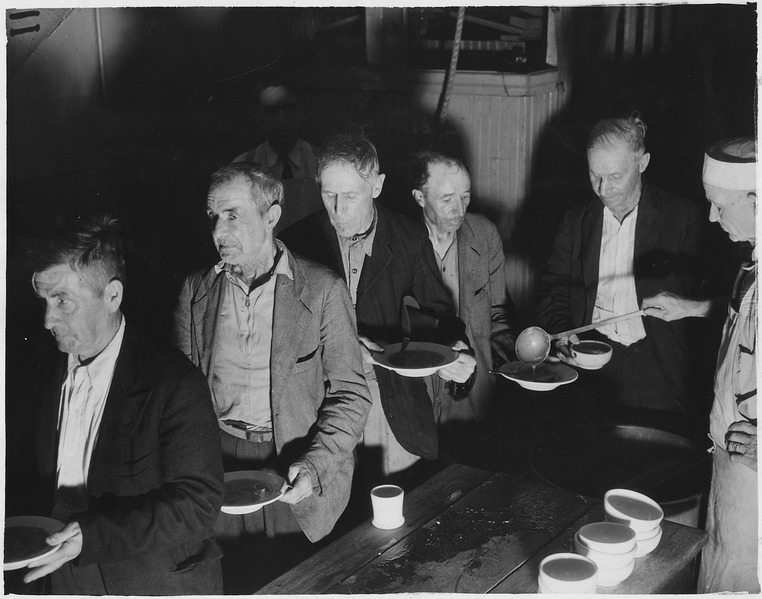
Dance marathons arose as a form of entertainment–a spectacle. A prize, often hundreds of dollars, would be offered to whichever couple could dance the longest. Spectators rooted for couples as if watching a sporting event. They rarely acknowledged that they were watching two down-on-their-luck young people trying to win just enough money to survive. To add a veneer of respectability–and to keep the contest going–participants were allowed short breaks to attend to sustenance and hygiene, but usually only if one half of the couple remained on the floor to keep their entry number visible.
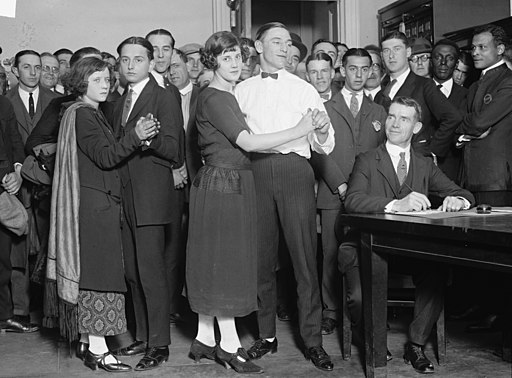
Despite the breaks, dancing for days or weeks was unsustainable. Contemporary photos often capture one half of a couple shuffling in a bare approximation of dancing while holding up the sleeping body of their co-entrant. In one famous case, a participant collapsed from exhaustion and died on the dance floor. In Seattle, a woman who came in fifth attempted suicide.
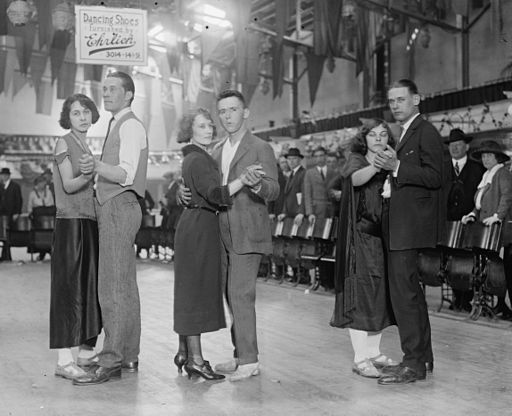
The organizers of the dance marathons had little interest in anything but profit. They scouted small cities and sleepy towns that had never seen a dance marathon before, hoping to secure large numbers of entrants and spectators. The people in these places didn’t know that the organizers were often scammers, likely to disappear with their profits before paying down their debts.
Horace McCoy worked several stints as a bouncer at dance marathons and thus had seen the worst of them. They Shoot Horses, Don’t They? transforms his experiences into a powerful work of absurdist literature. Violent and poignant in equal measure, McCoy’s novel considers the fates of the dancers. In the novel, after a murder takes place at the contest, the remaining 20 couples are released after 879 hours of dancing and given just $50 each, leading to the tragic event that frames the novel.
The Sydney Pollack film adaptation starring Jane Fonda was nominated for nine Academy Awards and came at a time–1969–when human life was again being devalued and the poor and working class were disproportionately dying in Vietnam. Today, the novel maintains similar resonance.
So, They Shoot Horses, Don’t They? is both weird and wonderful. It is a fine work of literature that asks us to consider a time and a place that seems superficially “weird,” but is not such an anomaly at all.

